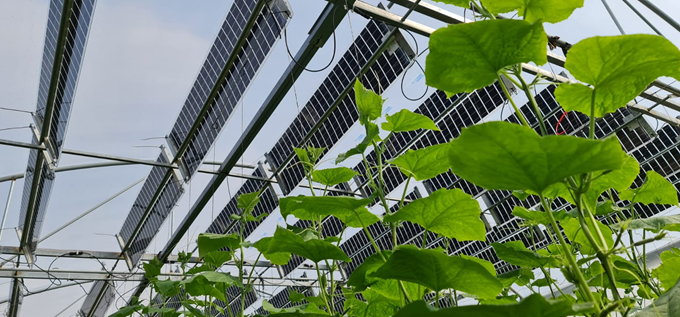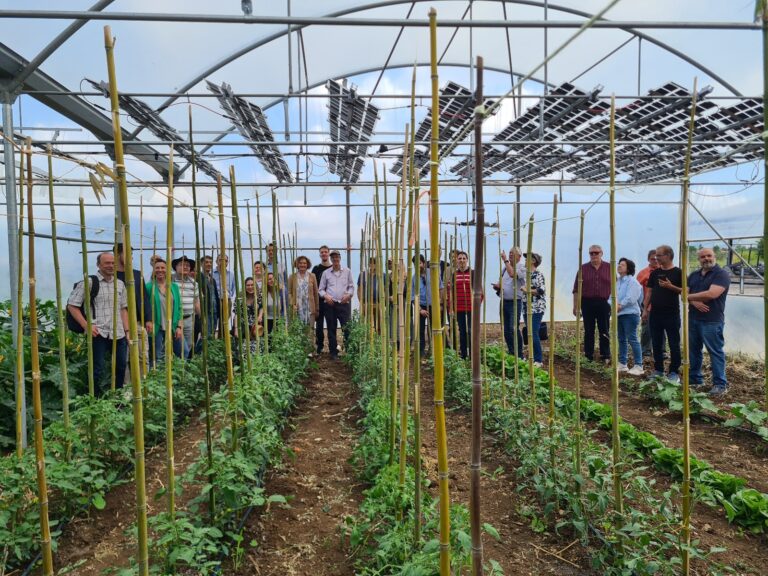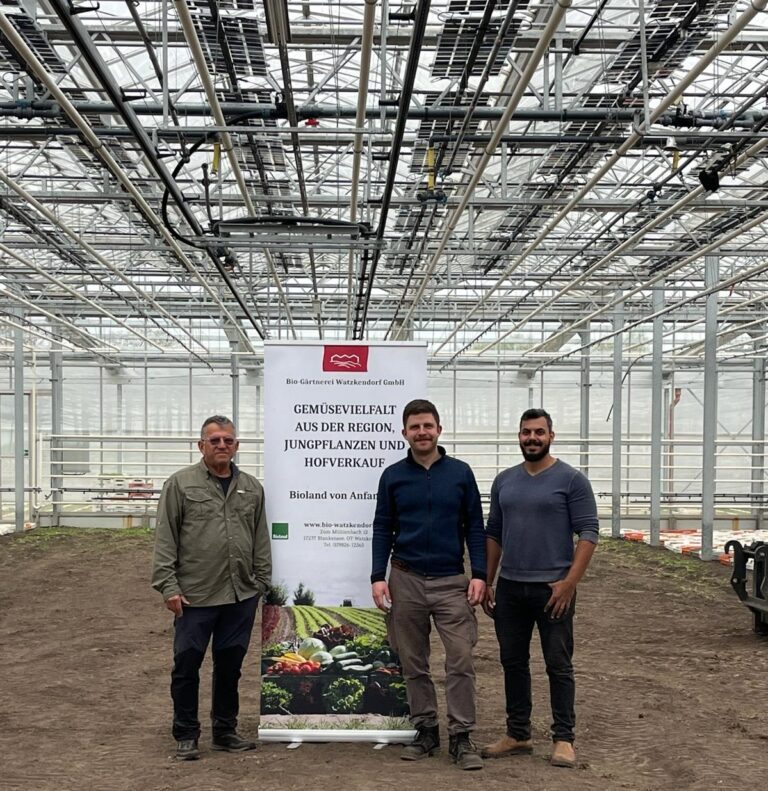A recent paper, written by the EU-funded REGACE Project researchers reveals that greenhouse energy production could cover approximately 32 percent of the European Union’s solar energy targets, offering a promising green solution to stabilize income for farmers.
Titled ‘Agrovoltaic in greenhouses – is it possible to reduce the greenhouse effect using greenhouses?’, the paper, authored by Dr. Liron Amdur from the DESHE Institute, Steinhardt Museum of Natural History, Tel Aviv University, and Dr. Esther Majadli from the Triangle Regional R&D Center, highlights the significant potential of greenhouses to provide solar energy, without using a lot of land, in both the EU and Israel.
The study indicates that while greenhouses account for a relatively small share of the total farmland both in the EU and Israel, they could play a substantial role in achieving renewable energy goals. In Israel, for example, greenhouses have the potential to provide up to 75% of the required solar energy goal, far surpassing the EU’s average. This suggests that greenhouses could be a vital component of the renewable energy landscape, particularly in regions with similar climates and agricultural practices.
Currently, although solar installations occupy a minimal percentage of agricultural land in both the EU and Israel, their estimated impact on food security can be substantial. Ground-based solar installations are projected to require 0.2-1% of agricultural land in European countries and 2.5% in Israel; this farmland, taken together, has the potential to supply cereals for about 17 million people. These figures underscore the potential impact of solar energy in meeting renewable energy goals at the expense of food security.
The integration of solar panels in greenhouses offers several advantages over traditional ground-based installations. Not only does it avoid the need for complex constructions and the conversion of farmland into semi-built-up areas, but it also provides an additional use for existing agricultural structures. This dual-use approach could significantly contribute to food security by driving the development of the greenhouse industry and ensuring a stable supply of vegetables, while meeting renewable energy goals.
The study emphasizes the importance of promoting agro-solar dual-use systems to reduce the development of solar facilities at the expense of open spaces. By integrating solar panels into greenhouses, it is possible to efficiently and economically produce a significant percentage of renewable energy targets while supporting agricultural development and food security.



